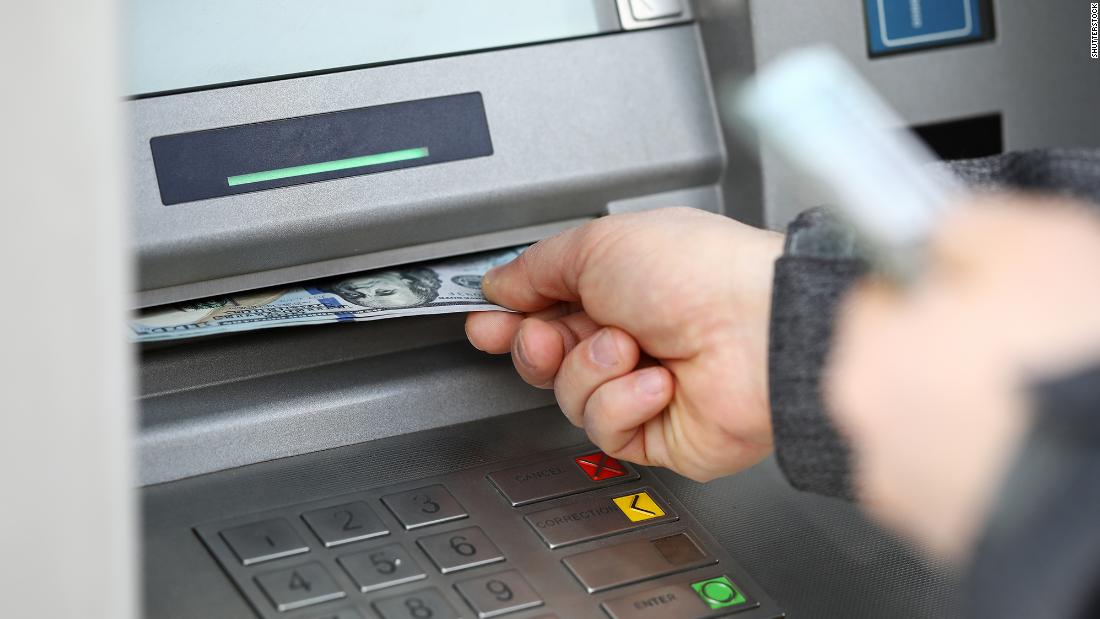Most people, 72%, pay no bank fees, but those who pay tend to be those who can least afford to pay, the report concluded. Overall, a US current account holder reports that he pays less than $ 8 in fees, including service fees, ATM fees, and overdraft fees per month.
However, families that experienced a decline in income during the pandemic – whether it be job loss or reduced hours – pay a monthly average of more than $ 11 in current account fees. Meanwhile, account holders who say their family income has not been affected by the pandemic report that they pay on average less than $ 3 a month.
“Those whose personal finances have been adversely affected by the pandemic have been hit with a double blow to higher bank fees,” said Bankrate.com senior economic analyst Mark Hamrick. “Unemployment or loss of income can be devastating, but one should try to avoid adding financial insult to injury, paying too much in bank fees when there are so many less expensive options.”
Those who are already suffering the disproportionate impact of the pandemic, particularly blacks, are also paying higher bank fees.
While white current account holders report paying $ 5 a month in fees, blacks and Hispanics pay more than double that amount, $ 12 and $ 14 a month, respectively. White checking account holders are also much more likely to say they pay nothing in monthly payments, with 79% paying zero monthly by check, while only 56% of blacks and 50% of Hispanics pay nothing per month.
Younger people pay more for their checking accounts than older people. Generation Y current account holders, aged 24 to 39, report paying $ 15 a month in fees. Generation X members – ages 40 to 55 – pay $ 6 a month, while Baby Boomers, 56 and 74, pay only $ 2 a month.
The average overdraft fee reached a record high of $ 33.47, while the average total cost of using off-line ATMs dropped slightly to $ 4.64, the report found.
More people turned to mobile banking in 2020, with 64% reporting that they adjusted their payment practices to use online methods more often as a direct result of the pandemic.
“Many consumers are acting intelligently by actually engaging in social distance with their banking and payment technologies,” added Hamrick. “Once we get out of the pandemic and the economic crisis, it will still be wise to take advantage of new mobile banking technologies not only to save time, but to help keep track of account balances and fees, as well as potentially costly overdrafts and fraud. . “
The report concluded that the average account holder has been with the institution for more than 14 years. There are now more options to explore when banking, with many regional banks, online banks and credit unions, as well as large banks offering checking accounts with low or no fees.
